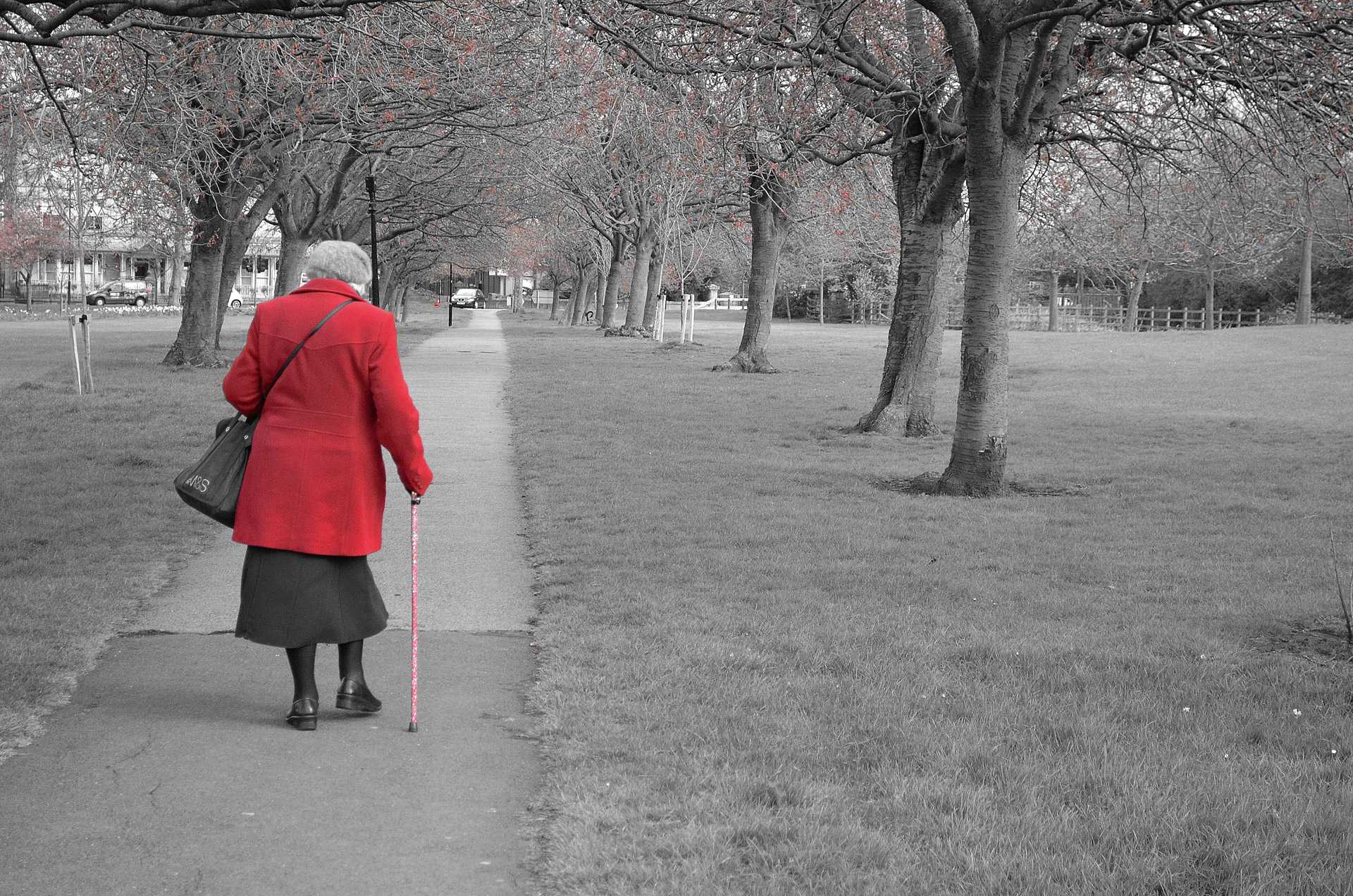Lost in the myriad of the news cycle of scandals, government mismanagement, blockbuster budgets, moral panic-driven misinformation campaigns and legislative battles, was the findings of the Royal Commission into Aged Care Quality and Safety. The full report was released in March; the findings contained within made for embarrassing reading for all federal governments since the nineties, if one were to actually read them.
Australia’s aged care system is in crisis. The Royal Commission found what plenty of previous inquiries by parliaments have found -- difficult means of accessing subsidised care; over 100,000 people waiting up to three years for a care package; inadequate services for older people who have a package; concerns from older people accessing services about overworked and underpaid staff who cannot spend the requisite time on each person, especially in residential aged care; rampant assaults go unreported against older people and staff; funding shortfalls of $50 billion over the next five years; elements of care like arbitrary restriction of older people in care and infection control remain unaddressed. State government-run care facilities consistently outperform private care providers, which is true for both for-profit and not-for-profit providers.
Some of the statistics around the experience of living and working in aged care settings are disturbing. The rate of people experiencing assaults (workers and residents) is estimated to be between 13-18%; this is a major issue of workplace safety for aged care workers, especially female nurses and personal care workers. In residential aged care, 47% of people accessing care had concerns about understaffing, unanswered call bells, high rates of staff turnover, and agency staff not knowing the residents and their needs; in home care, this number is 1 in 3. Standards in aged care are so low that people expect substandard care in some services.
One root of these problems lie in the aged care reforms of the Howard government in 1997. Staffing requirements that were tied to funding were removed under the Aged Care Act 1997, allowing providers to decide what staffing levels and skill levels were appropriate. This change saw the wide-scale reconstitution of the aged care workforce -- while the number of higher-paid nurses and allied health workers declined as a proportion of the workforce, the proportion of lower-paid and casualised personal care workers rose, especially in residential aged care settings. This change to funding restrictions, as well as the changes that required older people to pay more for their own care according to their wealth, has led to a two-tiered care system -- the more you pay, the better staffing and services you get. Despite this, state government-funded residential care outperforms not-for-profit and for-profit private residential care. More incredibly, even with the transition to a lower-skilled and cheaper workforce, 31% of home care and 42% of residential aged care providers reported an operating loss in 2018-19; the effects of the coronavirus pandemic are not known yet. What the hell is going on?
The aged care sector has been a lesser concern for governments who fund the subsidised beds and home care packages. Of the identified shortfall in federal government funding, $17.7 billion over the next five years (short of the $50 billion identified) has been found in the most recent budget. This will mean continuing substandard care, aged care providers continuing to cut corners, more workers remaining casualised and backed up by agency workers, who walk into workplaces without a clue about who is who, and what is going on.
Because of the sector’s cultural position as one of love for the job and an altruistic calling for those working with older people -- a reflection of the job of caring for older people as traditionally one done for free by women at home -- workers are subjected to lower wages and lower value than other healthcare jobs. Even registered nurses in aged care who have the same level of qualifications as nurses in hospital and medical healthcare settings, can expect gaps of over $100 a week in take-home pay, compared to their comrades. In addition to the lack of career progression available, and onerous working conditions that burn out workers -- only management beckons for registered nurses in the sector -- there is high staff turnover at all levels of the workforce. Low unionisation levels of the workforce, especially amongst personal care workers, means that workers have little power to push back against providers cutting corners, refusing wage rises, not following best practices, and not keeping their workforce skilled. The only relief on the horizon for underpaid workers is an HSU case before the Fair Work Commission for a 25% rise in the base rate of the industry award, which is being backed by the Australian Labor Party.
Just as supporting teachers and childcare workers in their workplaces helps our children and young adults realise their full potential in life, for those workers to be fairly rewarded and to be listened to when it comes to operating their institutions, aged care workers can bring dignity to the final years of older Australians’ lives by organising themselves into unions, and putting pressure on aged care providers and governments to stop putting older peoples’ needs on the backburner. Even workers in residential and home aged care can disrupt the capitalist system, and begin to create a culture of bottom-up management of their workplace settings, instead of CEOs and upper management starving older people and shortchanging workers to pad their salaries out.
Support the personal care workers, enrolled nurses, registered nurses and other aged care workers in organising their workplaces. They work just as hard, maybe even harder, to care for some of the most vulnerable people in society; they deserve a good life and a good wage just like the rest of us. Older Australians deserve to have their needs provided for, to keep their dignity, and live in peace and comfort until they are gone. Agitate against the governments and companies who refuse to give the good life to them.
